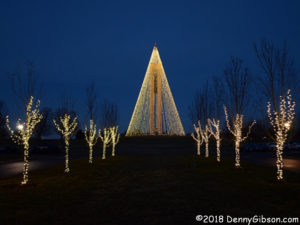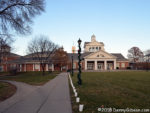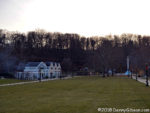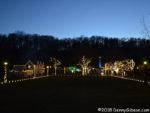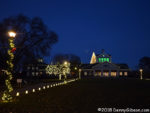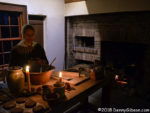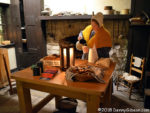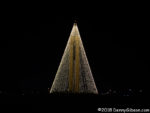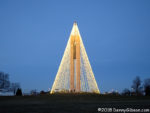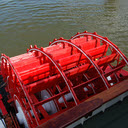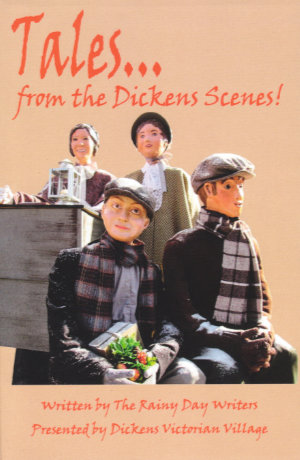 This book is unusual and unusually good. The Dickens Scenes of the title are those in Cambridge, Ohio, that starred in this blog’s most recent regular weekly post. There are currently 94 of those scenes and each began life as a sketch by a fellow named Bob Ley. Bob is one of a group of writers, known as The Rainy Day Writers, who help each other practice and improve their craft and occasionally collaborate on projects. Ten of them contributed to Tales… from the Dickens Scenes.
This book is unusual and unusually good. The Dickens Scenes of the title are those in Cambridge, Ohio, that starred in this blog’s most recent regular weekly post. There are currently 94 of those scenes and each began life as a sketch by a fellow named Bob Ley. Bob is one of a group of writers, known as The Rainy Day Writers, who help each other practice and improve their craft and occasionally collaborate on projects. Ten of them contributed to Tales… from the Dickens Scenes.
The book’s organization is simple. Each of the scenes is the subject of a two page spread. On the left-hand page is a black and white photo of the scene along with the Bob Ley sketch on which it is based. Text that appears on a sign placed by the scene completes the page. Each sign contains an identifying number and the scenes appear in the book sequenced by those numbers.
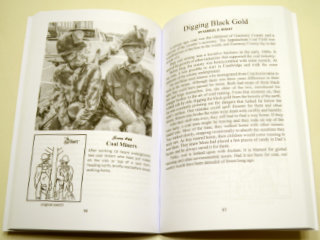 The individual photos are not credited but acknowledgments at the front of the book identify Tom Davey and Lindy Thaxton as the photographers. The photos are all quite good and do a nice job of capturing each scene from its best vantage point. Together, the book’s even-numbered (i.e., lefthand) pages make up the sort of catalog often prepared for a museum display. The village really is such a display with the sidewalks of Cambridge forming the museum.
The individual photos are not credited but acknowledgments at the front of the book identify Tom Davey and Lindy Thaxton as the photographers. The photos are all quite good and do a nice job of capturing each scene from its best vantage point. Together, the book’s even-numbered (i.e., lefthand) pages make up the sort of catalog often prepared for a museum display. The village really is such a display with the sidewalks of Cambridge forming the museum.
Filling the righthand pages is handled with skill and creativity by The Rainy Day Writers. The text on each page was created for the scene it is associated with. There are works of fiction that imagine a day or a minute in the lives of the figures in the scene, and there are factual essays with subjects such as Victorian England, modern Cambridge, or Charles Dickens himself. Some are thought-provoking, some are educational, many are both. Simply noting the great difference between life in the late nineteenth century and today is thought-provoking and educational.
I’m sure that tailoring a story or an essay to a single page was often a challenge for the writer, but their small size helps make reading them about as non-challenging as it gets. Reading the odd-numbered pages in an easy chair makes sense and so does having the even-numbered pages at hand while walking around downtown Cambridge during the Christmas season. The book is available online but I suggest getting it at the source if possible. At least “while supplies last”, copies sold at the Dickens Victorian Village Welcome Center (647 Wheeling Avenue) have been signed by all ten of the contributing writers plus you can put the book to work as soon as you step through the door.
The first paragraph of this article contains a link to The Rainy Day Writers website. The site contains quite a bit of good information but appears to be less current than the group’s Facebook page.
Tales… from the Dickens Scenes!, The Rainy Day Writers, Independently published, September 21, 2019, 6 x 9 inches, 198 pages, ISBN 978-1691098804
Available through Amazon.

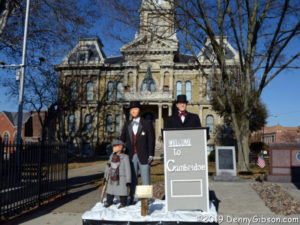
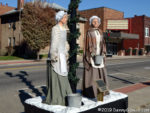
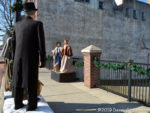
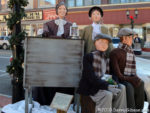
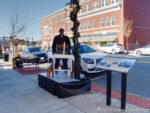
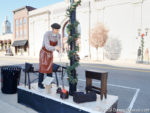

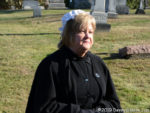
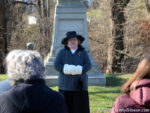
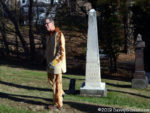




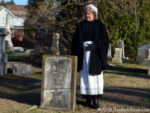
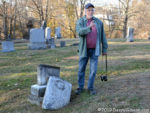


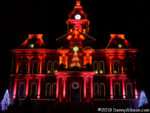
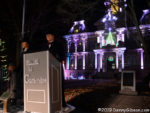
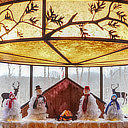
 Today is Easter. I know that because I looked it up on the internet. It was easy. It was easy in the early days, too. Easter was originally simply the Sunday of Passover week. Since most early Christians had once been Jews, they just naturally knew when Passover was. Even those that had converted to Christianity directly from Druidism probably had some Jewish friends they could ask. Easy, peasy. Too easy, it seems, for some.
Today is Easter. I know that because I looked it up on the internet. It was easy. It was easy in the early days, too. Easter was originally simply the Sunday of Passover week. Since most early Christians had once been Jews, they just naturally knew when Passover was. Even those that had converted to Christianity directly from Druidism probably had some Jewish friends they could ask. Easy, peasy. Too easy, it seems, for some.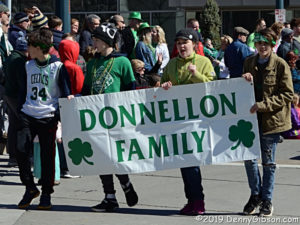

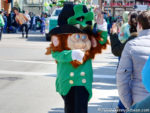
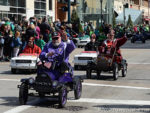

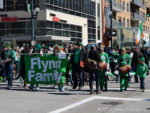


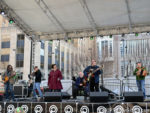

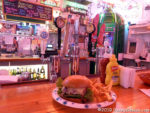
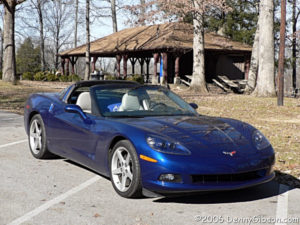
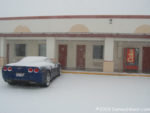
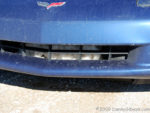

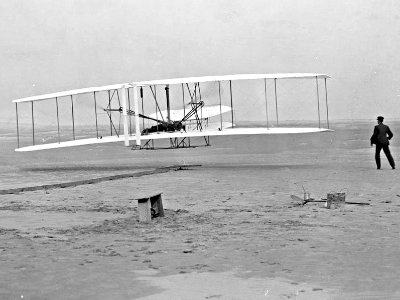 The Outer Banks and the Wright Brothers’ first flight are firmly joined in my mind. Although I’ve no problem remembering the year (1903), the month and date weren’t as easily recalled. I quickly looked it up the instant I first started thinking of the Outer Banks as a target for this year’s Christmas Escape and was very happy to learn it was December 17; Barely a week before Christmas Day, four days before the Winter Soltice, and five days before a full moon.
The Outer Banks and the Wright Brothers’ first flight are firmly joined in my mind. Although I’ve no problem remembering the year (1903), the month and date weren’t as easily recalled. I quickly looked it up the instant I first started thinking of the Outer Banks as a target for this year’s Christmas Escape and was very happy to learn it was December 17; Barely a week before Christmas Day, four days before the Winter Soltice, and five days before a full moon.